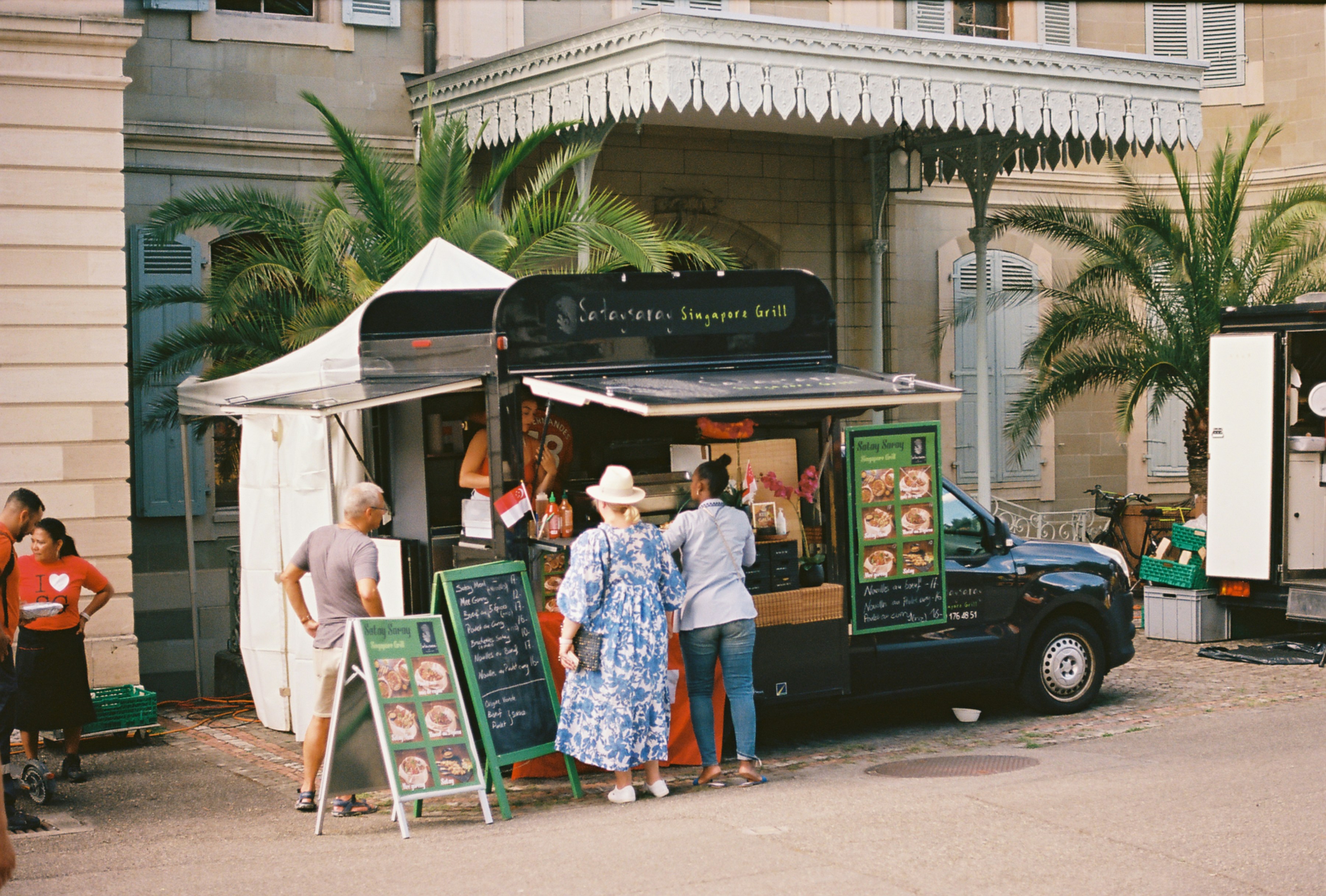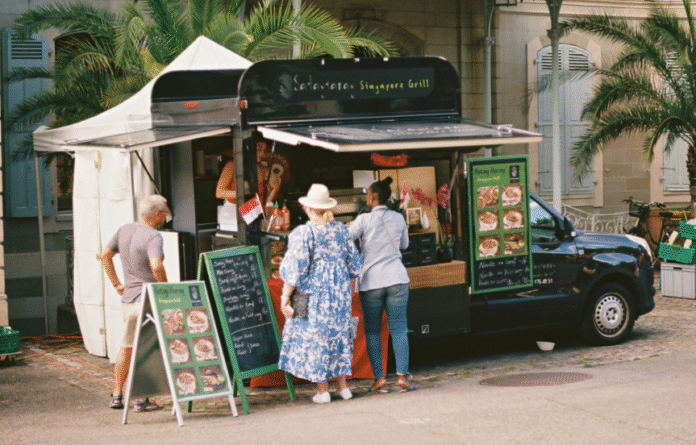
The Rich History of the Cuban Sandwich
The origins of the Cuban sandwich are deeply rooted in the rich cultural tapestry that defines both Cuba and Florida. Tracing back to the 19th century, this culinary delight was primarily created by cigar factory workers in Cuba, who sought a hearty meal that could sustain them during long working hours. The sandwich typically consisted of layers of marinated pork, ham, Swiss cheese, pickles, and mustard, all embraced by Cuban bread—crusty on the outside and soft within. The need for such a filling, portable meal emerged from the challenging labor conditions faced by these workers, and it quickly became a staple of their diet.
As waves of Cuban immigrants settled in Florida, particularly in Miami, they carried this beloved dish with them, allowing it to evolve further. The Cuban sandwich emerged not just as a meal but as a symbol of cultural identity for the Cuban-American community. The melding of diverse culinary influences from Spain, France, and Africa shaped the sandwich into the form most recognized today. Each ingredient tells a story of the broader migration patterns and economic conditions that impacted these communities.
Key historical figures have contributed to the legacy of the Cuban sandwich. Notably, the establishment of the first Cuban-American restaurants in Little Havana helped celebrate and solidify this dish’s status. During the latter half of the 20th century, the Cuban sandwich began garnering attention beyond its local roots, finding its way into the hearts of food lovers across the United States. Its representation of resilience and cultural pride has granted the Cuban sandwich a cherished spot within Miami’s gastronomic scene, cementing its importance not only as food but as a narrative rich with history and significance.
The Secret to 24-Hour Mojo Marinade
The heart of any extraordinary Cuban sandwich lies in its marinade, specifically the 24-hour mojo marinade crafted from generations of tradition. This marinade not only infuses the meat with flavor but also tenderizes it, ensuring every bite of your Cuban sandwich bursts with authenticity. The essential ingredients of this marinade include fresh citrus juices, garlic, herbs, and spices. Each component plays a vital role in achieving the ideal flavor profile.
To prepare the marinade, start with a base of freshly squeezed orange and lime juices. The acidity of the citrus not only contributes to the tangy flavor but also helps to break down the meat fibers, resulting in a delectably tender texture. Complement this with a generous amount of minced garlic, which enhances the robust flavor while providing a fragrant aroma. A blend of herbs like fresh oregano and thyme, alongside a sprinkle of cumin and black pepper, rounds out the marinade, adding depth and complexity.
To begin the marination process, combine these ingredients in a bowl and stir until well blended. Then, place your choice of protein, whether it be pork, chicken, or even tofu for a plant-based alternative, into a large resealable bag or shallow dish. Pour the marinade over the meat, ensuring it is completely submerged. Seal the bag or cover the dish and refrigerate for a full 24 hours. This extended duration allows the flavors to penetrate deeply and transforms the texture of the meat, ensuring a mouthwatering Cuban sandwich.
For those looking to customize their mojo marinade, variations can be made by experimenting with different herbs or adding a touch of heat with red pepper flakes. However, maintaining the core essence of the marinade is essential for preserving the traditional Cuban flavor. By honoring these time-tested methods, any cook can create a memorable Cuban sandwich that pays homage to this rich culinary heritage.
The Bread Debate: Importance of the Right Loaf
When it comes to crafting a quintessential Cuban sandwich, the significance of the bread cannot be overstated. The ideal bread serves as the foundation, intricately connecting the savory elements within the sandwich. A successful Cuban sandwich requires a loaf with a crispy exterior and a soft, airy interior, providing the perfect balance of textures. Traditionally, Cuban bread made from white flour, and enriched with fat, is preferred. This style of bread has a subtle sweetness and a light golden crust that complements the savory layers of meat, cheese, and pickles that characterize the sandwich.
Another contender in this debate is the bolito, a smaller, softer variant of the Cuban bread, which some argue provides a more satisfying bite. This loaf often has a more pronounced flavor due to its fermentation process. It’s essential to note that while these traditional breads are widely preferred, regional variations are abundant. For example, the bread used in Tampa’s Cuban sandwich may have a slightly different recipe that incorporates a touch of lard, adding another layer of richness to the flavor profile.
The ongoing Miami vs. Tampa debate illustrates just how vital the choice of bread can be in defining a Cuban sandwich. Miamians typically favor the classic Cuban bread, which is characterized by its crusty outside and soft inside. In contrast, many Tampa natives advocate for the aforementioned bolito, claiming it offers a superior experience with its soft texture and ability to soak up the flavorful juices of the sandwich fillings. Ultimately, no matter which tradition one subscribes to, the search for the right loaf is a cornerstone in the quest for the perfect Cuban sandwich. Each bread option carries its own unique qualities, impacting not only the taste but also the overall sandwich experience.
From Food Truck to Miami Institution: My Father’s Journey
The journey of my father’s food truck in Miami is a story of passion, resilience, and community engagement. What began as a humble venture specializing in Cuban sandwiches quickly transformed into a beloved institution, attracting a diverse clientele from all walks of life. The food truck, adorned with vibrant colors and enticing aromas, became a fixture in the neighborhood, offering not just sandwiches but a taste of Cuban heritage.
However, the path to success was fraught with challenges. My father faced various hurdles, ranging from competition to the logistical complexities of operating a food truck. He understood that in order to thrive, he needed to perfect the art of the Cuban sandwich. Through countless hours of experimentation, he meticulously refined his recipe, balancing flavors of slow-roasted pork, pickles, and tangy mustard, culminating in the iconic sandwich that customers came to crave. Each component, from the bread to the ingredients, was chosen with care and a commitment to authenticity.
To adapt to the evolving tastes of a multicultural Miami, my father also embraced innovation. He introduced unique twists on the classic Cuban sandwich to cater to a diverse customer base, while maintaining the essence of the original dish. This flexibility not only expanded his offerings but also fostered a sense of inclusivity, encouraging interactions among customers of varying backgrounds.
My father’s dedication extended beyond culinary excellence. He placed immense value on customer service, believing that every interaction was an opportunity to build relationships. He engaged meaningfully with patrons, remembered their preferences, and fostered a welcoming atmosphere. This engagement helped to create a loyal community around the food truck, which contributed to its enduring success.
The legacy my father built through his food truck continues to inspire rising chefs across the culinary scene, exemplifying how passion, dedication, and community focus can elevate a simple food concept into something remarkable. His journey is a testament to the vibrant tapestry of Miami’s food culture, where the Cuban sandwich remains a cherished symbol of connection and tradition.
About the Chef
Miami native Clara Diaz brings together the vibrant flavors of her Cuban-Dominican heritage in every dish she creates. Raised by immigrant chef parents—her father still serves the city’s most authentic Cuban sandwiches from his beloved food truck—Clara’s culinary journey took her from Miami Dade College to the prestigious Miami Culinary Institute. Today, she owns and operates her restaurant where traditional Cuban classics meet exotic Dominican influences. When she’s not in the kitchen, Clara loves sharing her passion for Caribbean flavors and family recipes through these stories and dishes. ¡Buen provecho!

